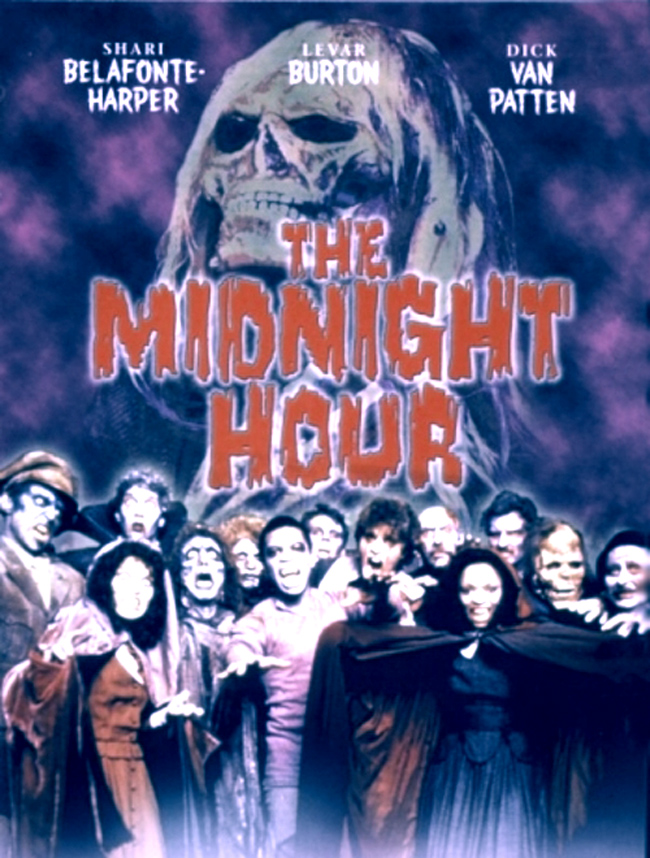Something I've wanted to compile, this post lists all known horror films directed by legendary film-maker (and an underrated one in my opinion) León Klimovsky. These are Spanish films although the man himself was Argentinian. Eclectic in skills, León had made films in a number of genres outside of horror, particularly wars and westerns.
Note, the media release information provides the best known release to my knowledge, although some of these discs may no longer be in print. Unfortunately, several of these (and many of his non-horrors) have never had a disc release, possibly not even a VHS in some cases, and may be lost forever. Please contact me if you feel there are corrections to be made.
Fear and the Girl - 1964
AKA Ella y el miedo
Features May Heatherly, Virgilio Teixeira
No known disc release
The Werewolf Versus the Vampire Woman - 1971
AKA La Noche de Walpurgis, Werewolf Shadow
Features Paul Naschy, Gaby Fuchs, Yelena Samarina
Released on UHD Blu-ray (4K) by Vinegar Syndrome
Dr Jekyll Versus The Werewolf - 1972
AKA Doctor Jekyll y el Hombre Lobo, Dr Jekyll and the Wolfman
Features Paul Naschy, Shirley Corrigan, Jack Taylor, Mirta Miller
Released on UHD Blu-ray (4K) by Mondo Macabro
Vengeance of the Zombies - 1973
AKA La rebelión de las muertas, Rebellion of the Dead Women
Features Paul Naschy, Maria Kosty, Mirta Miller
Released on Blu-ray by BCI Eclipse and Scream Factory
Dracula Saga - 1973
AKA La saga de los Drácula, Dracula: The Bloodline Continues
Features Helga Liné, Maria Kosty, Tina Sáinz, Tony Isbert
Released on DVD by BCI Eclipse
The Vampires' Night Orgy - 1973
AKA La orgía nocturna de los vampiros, Orgy of the Vampires
Features Jack Taylor, Helga Liné
Released on Blu-ray by Code Red
The Devil's Possessed - 1974
AKA El mariscal del infierno, Marshall of Hell
Features Paul Naschy, Norma Sebre
Released on Blu-ray by Scream Factory
Night of the Walking Dead - 1975
AKA El extraño amor de los vampiros, The Strange Love of Vampires
Features Emma Cohen, Viky Lussón, Carlos Ballesteros
No known disc release
A Dragonfly for each Corpse - 1975
AKA Una libélula para cada muerto, Red Killer
Features Paul Naschy, Erika Blanc, Maria Kosty
Released on Blu-ray by Scream Factory
The People Who Own The Dark - 1976
AKA Último Deseo, Planeta ciego
Features Nadiuska, Paul Naschy
Released on Blu-ray by Code Red
Three Days in November - 1977
AKA Tres días de noviembre
Features Maribel Martín, Tony Isbert
No known disc release
Trauma - 1978
AKA Violación fatal
Features Ágata Lys, Heinrich Starhemberg
Released on Blu-ray by Vinegar Syndrome




